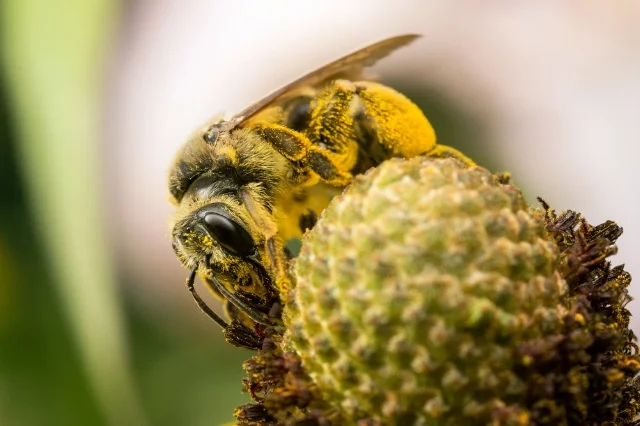Native Nectar for Queen Bumble Bees
Bees on Red Maple Flowers
Give a Warm Welcome to Wild Bees (Super-pollinators Part 2)
If you read Part 1, you know why it's so important to conserve this highly diverse group of super-pollinators. This follow-up post is intended to provide you with a few concrete actions you can take to provide these beneficial insects with safe places to nest and reproduce.
While the focus of pollinator conservation is often centered around planting flowers, providing nesting habitat is a critically important, but often overlooked step.
If you keep reading, I can almost guarantee you'll be charmed and surprised by the details of native bee nesting ecology, and want to know more about how you can help provide mother bees with a warm welcome in your own backyard, and beyond.
The Wonder of Wild Bees (Super-pollinators Part 1)
Pollinators are in significant decline due to a combination of factors including loss of habitat, disease, parasites, and environmental contaminants. However, honey bees have received most of the attention. Our domesticated honey bees pollinate many of our crops and provide valuable honey, but they are not native here. They were brought over from Europe about four hundred years ago and their numbers are vast (almost 3 million hives in the U.S. alone). We have over 4,000 species of native bees in North America that have co-evolved with our native plants over millions of years, many of which are experiencing catastrophic declines.






